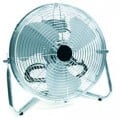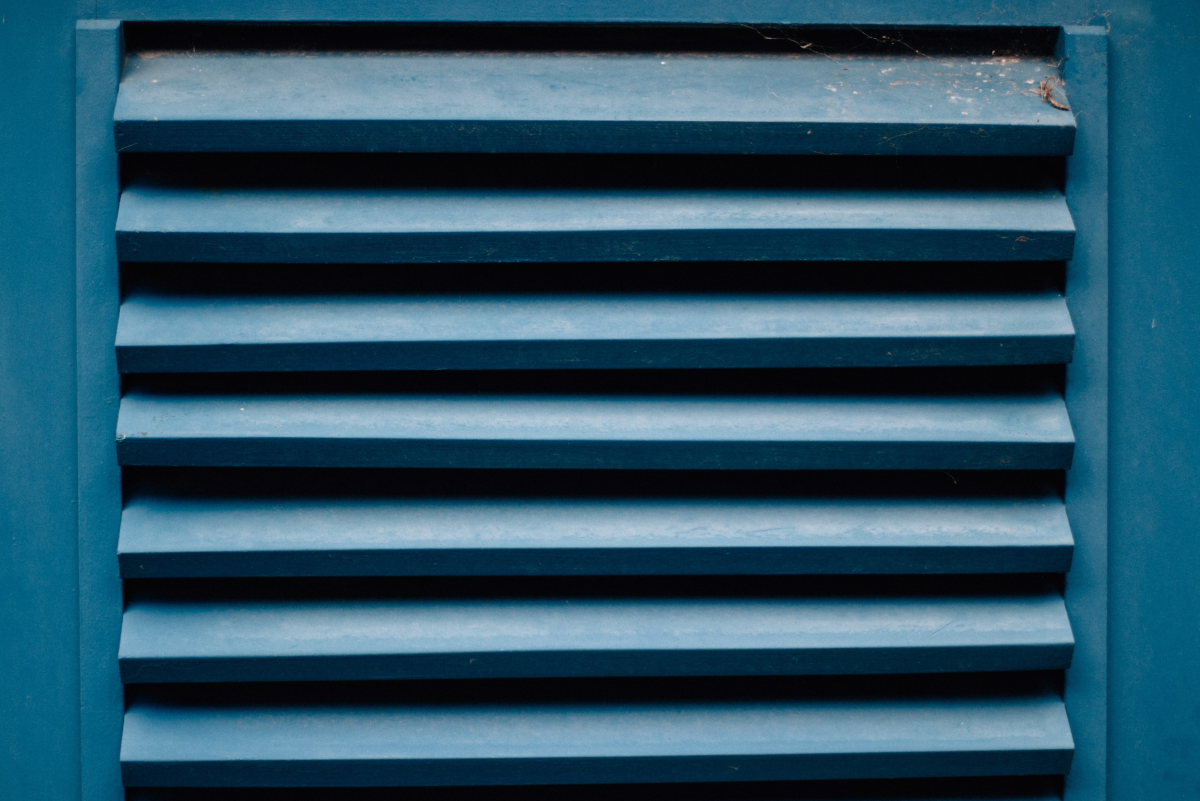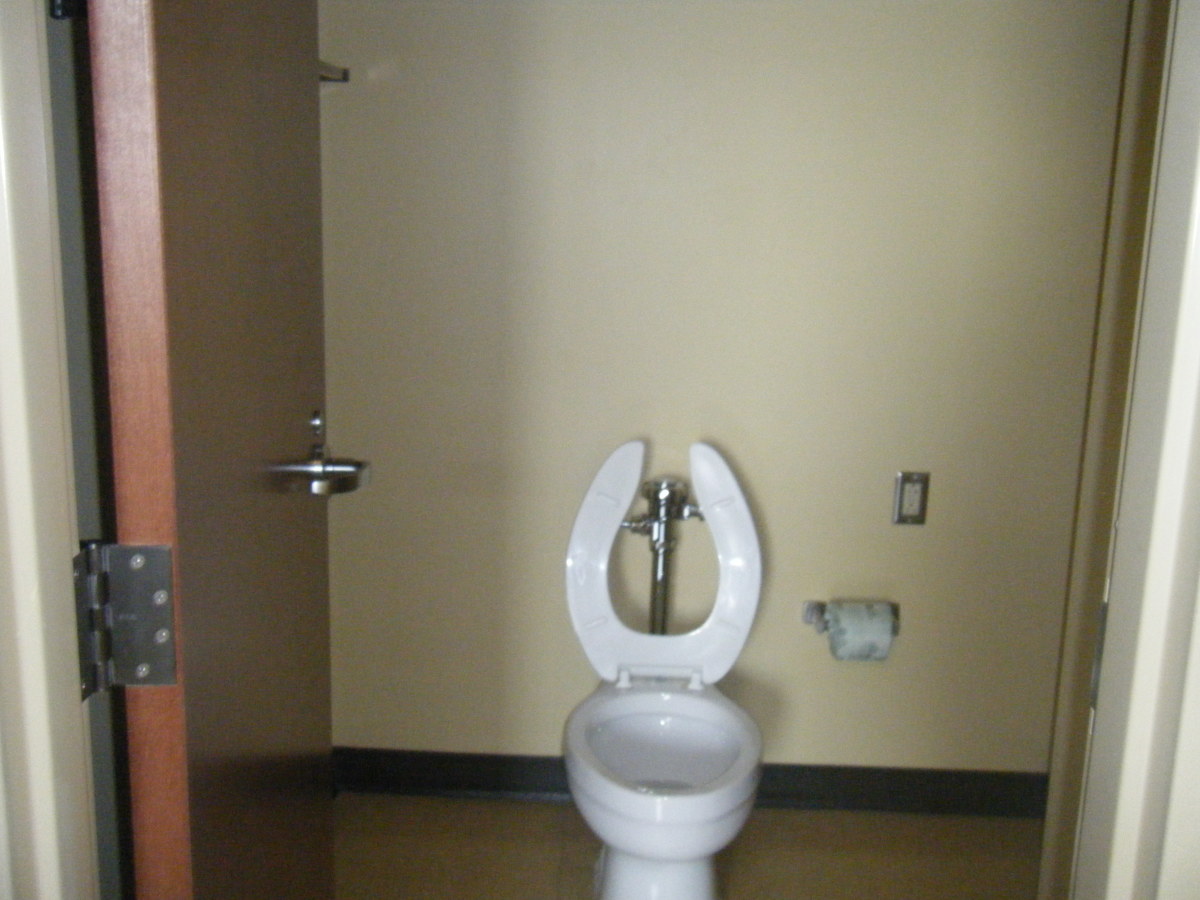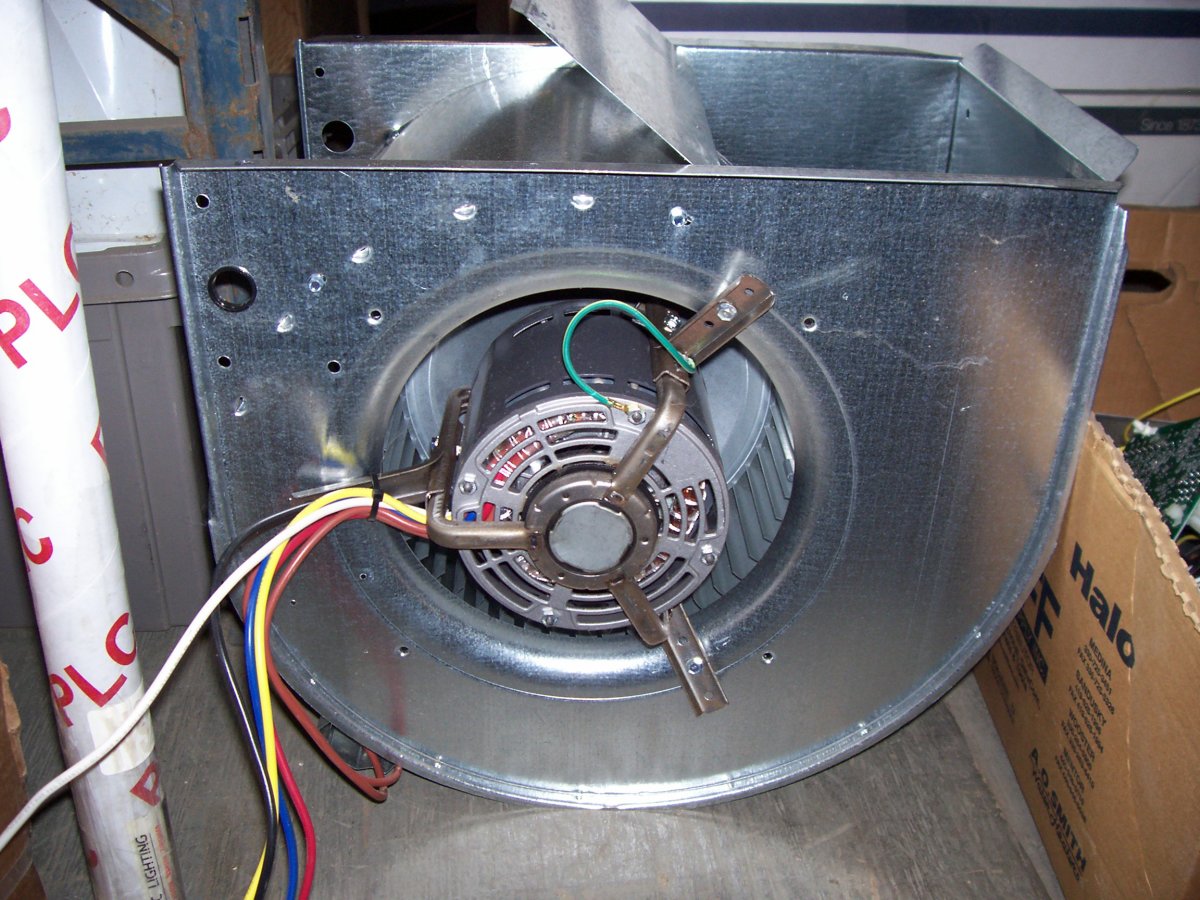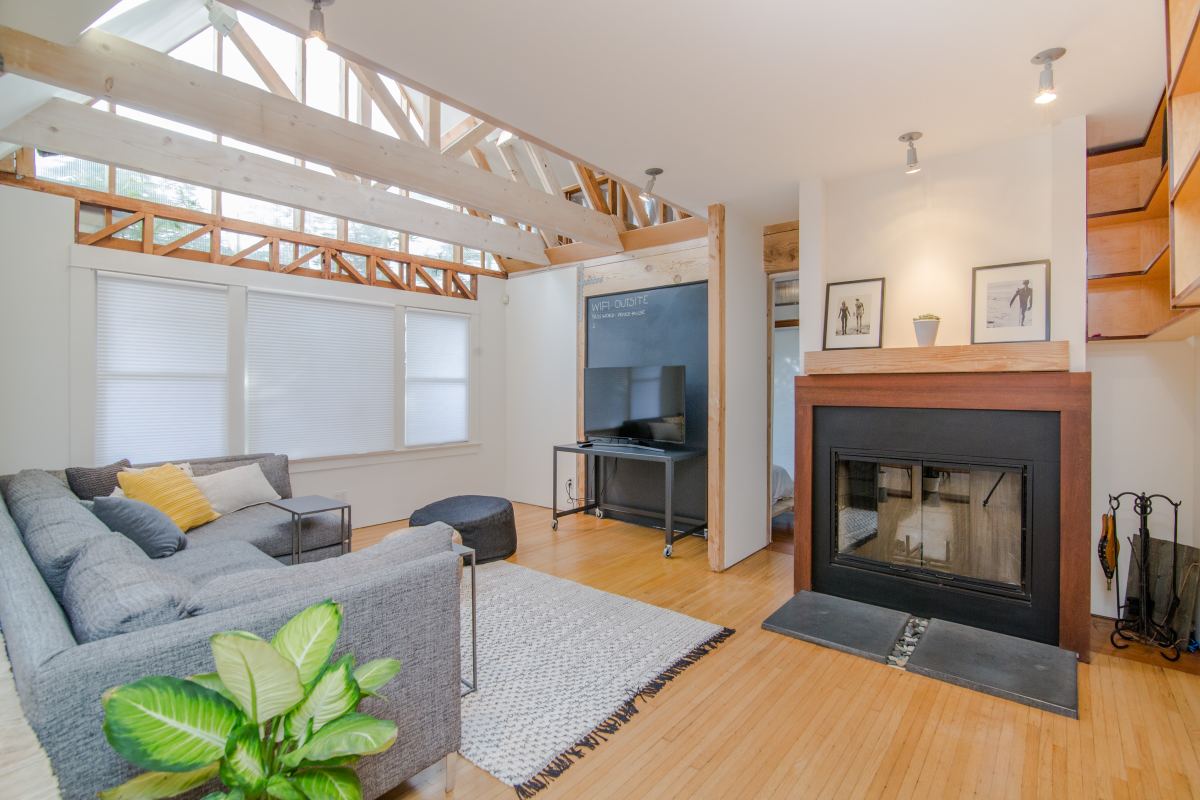How To Keep Your House Cool Without Air Conditioning
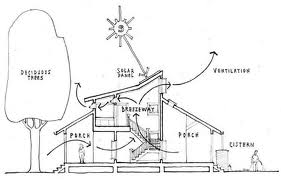
Keep Your House Cool Without Air Conditioning
Here are some ways to keep your home cool without air conditioning. First we will look at ways to cool an existing, traditional home with ways that use less energy.
One of the best ways to keep a home cool without air conditioning is to install a whole house fan. These work best in the late evening and at night. They move air in through windows and up and out of the attic. Whole house fans help keep both the inside of your home cooler and reduce radiant heat from coming in through the ceiling because they make the attic cooler. These work best in areas located roughly north of Dallas, in terms of latitude, and areas where the nighttime temperatures are very cool, such as cities at very high altitudes.
A swamp cooler or evaporative cooler also works well in areas where the humidity level is low. They are much more economical to run than air conditioning, although they do consume a fair amount of water in the summertime. Swamp coolers can help cool the home without air conditioning through evaporative cooling and the only energy used is by the fan and small water pump.
Ceiling fans are another good way to keep your home cool without air conditioning. Remember that ceiling fans only cool you, not the room, so turn them off when your leave, our use an infrared sensing switch to turn them on when you enter the room. Such sensors are available at Smarthome.com
If you cannot afford a whole house fan, you might use cheap box fans in the windows of your home. Place a couple box fans in windows on the side of the home that the breeze usually comes from and face them inward so that they blow air into the room.
When keeping your home cool without air conditioning try to dress cooler. Wear short sleeve shirts and shorts and you will feel better. Think of it as a tropical vacation at home and have lots of cool drinks on hand.
Shading The Windows
Solar screens are an important part of keeping a home cool without air conditioning. They prevent up to eighty percent of radiant solar heat from entering a home through the windows. To find them, see your local yellow pages or the web for solar screen installers in your area. Solar screens typically cost about $60 for a single window.
To further reduce solar heat gain in youru home, you might also consider installing retractable awnings over large glass windows. This method works well to keep solar heat gain at bay, especially on homes with south and west facing windows.
Use Cool Colors
Back in the days before air conditioning was widely used in homes, you never saw anything but light colored homes in places where the climate was warm. There was a reason for choosing these light colors besides the availability of cheap white paint. Light colored paint does not absorb as much solar energy and your home will stay much cooler. If you don't believe me, use an infrared spot thermometer and aim it at a dark colored part of the same wall vs. a part of the wall that is painted bright white. The difference in temperature on a hot day will amaze you.
Plant Trees To Keep Your Home Cool Without Air Conditioning
A good way to keep your home cooler is to plant fast growing trees on the south and west sides of your home. This will help shade the home and keep it much cooler in the summertime. Choose tree varieties that are hardy for your area and avoid those species of trees whose limbs break easily in high winds, such as Chinaberry and Hackberry.
New Construction
If you are building a new home, you might want to invest a couple of thousand more dollars in your insulation and other energy efficient upgrades such as radiant barrier, solar attic fans, low E windows, trees, whole house fans. Since living without air conditioning all of the time may be impractical in some climates, choose your HVAC unit wisely and look for one with a SEER rating over 15.
Ask your builder about new methods of construction that can help lower your monthly energy bills and allow you to live without air conditioning. There are alternative construction methods such as Insulated Concrete Form or ICF homes and spray foam insulation that can help make your new home much more energy efficient. Thermal mass walls can help regulate the inside temperature of the home so construction methods such as adobe work well in some climates. With such a home you may find ceiling fans enough to keep it cool, even in summer.
Alternative Air Conditioners
If you decide you cannot live without air conditioning in your area you may consider an alternative system. A ground source or geothermal heat pump uses the temperature in the ground to heat and cool your home.
For more ideas on how to save energy at home see Savegreenly



